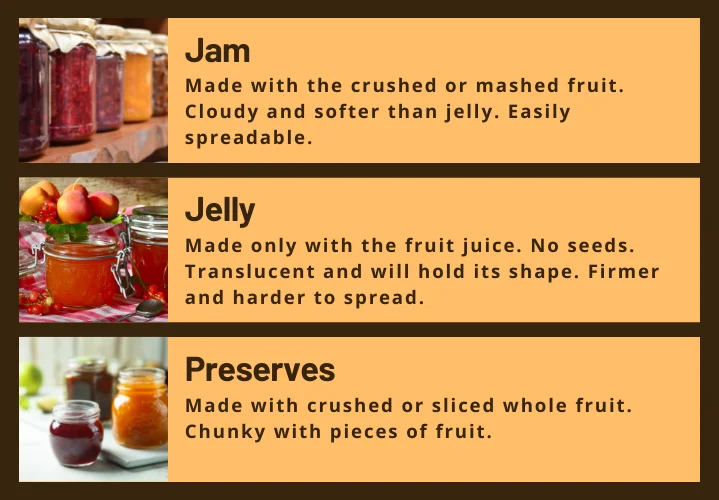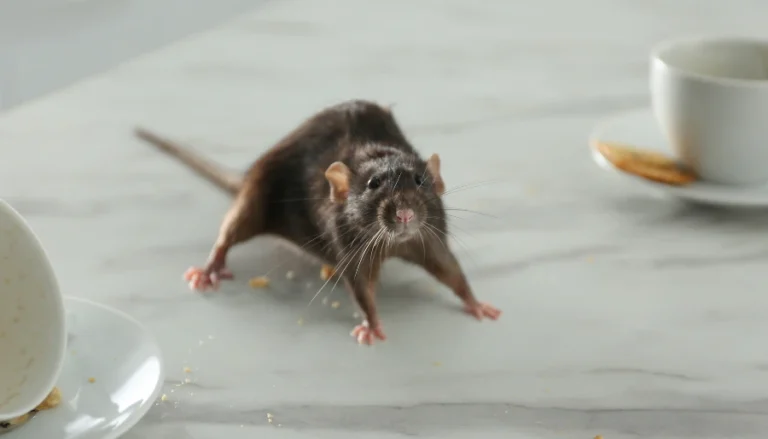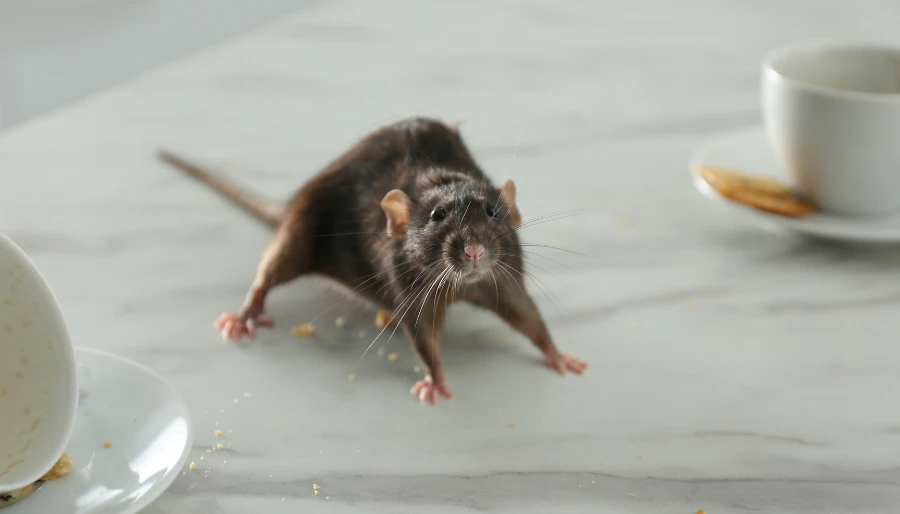One of the most popular ways to preserve fruit is as jellies or jams.
Those fruit spreads can then be used throughout the year on toast or bagels.
Of course, jellies and jams also make a great addition to your oatmeal or muffin, and you can even cook and bake with them.
The Difference Between Jelly and Jam
The basic process for making jellies and jams involves combining the ripe fruit and sugar to turn it into a fruit spread or preserve that won’t spoil. The sugar and heat work together to preserve things. There is a difference between jelly and jam.
A jelly is a spread made from just the juice of the fruit, while both flesh and juice are used to make jam. The process is very much the same. To make jelly, you simply add one step that involves straining out the juice before proceeding to the rest of the process. This process involves cooking the fresh fruit with sugar and, if needed, a little acid like lemon juice. Once everything is cooked down (and the juice is strained if needed), a jellying agent like gelatin is added, the hot mixture is added to jars and allowed to cool.

Freezer Jams Are A Great Place To Start
A fun place to start your jam making adventure is with freezer jam. Most recipes call for nothing more difficult than fresh fruit and sugar.
You cook them to make a jam that’s then frozen until you’re ready to use it. It’s a quick and easy way to put up fresh berries.
Keep one container of jam in the fridge to use right away, and store the rest in the freezer. These types of jam are quick and easy to make.
Perfect when you don’t have a bunch of fruit to put up, and you have the freezer space to store the extra containers.
While you can use glass jars, there’s always a risk of the glass busting when it is frozen. It’s safer and easier to use plastic jars when making freezer jam.
You can also put single serving portions into ice cube trays and let freeze, then place the cubes in a freezer bag.
This will allow you to pull out to thaw just the amount you need for the meal without having to thaw an entire container.
Canning Jellies and Jams
Your next step on the jelly making journey is to prepare traditional jellies and jams that are canned for long term storage.
Since there is only so much jelly you can consume in a given week or even month, it makes sense to choose a preservation method that allows you to keep the fruits of your labor for a year or longer.
That’s where canning comes into play.
You will make a batch of jelly or jam, ladle the hot fruit mix into canning jars and then process them in a hot water batch. Follow your canner’s direction for processing the finished canned jellies and jams.


















